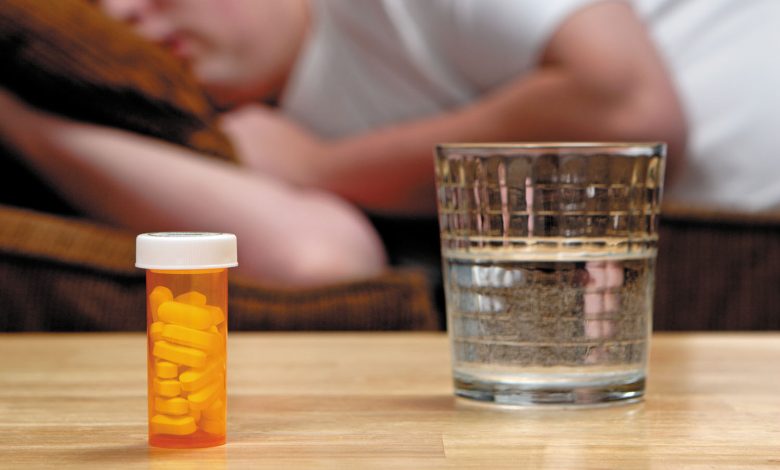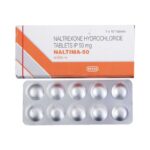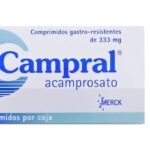Is Acamprosate the same as Naltrexone?

No, acamprosate is NOT the same as naltrexone. Acamprosate (Campral) is a medication approved by the Food and Drug Administration for the treatment of alcoholism.
Unlike other alcohol treatment medications which either reduce the pleasurable impacts of alcohol or create deterring side effects from alcohol use, Acamprosate reduces the brain’s dependence on alcohol. Alcohol use changes the chemistry and functioning of the brain, and these changes become more severe the longer an addiction lasts and the more severe it becomes.
When alcohol is no longer entering the body, the brain is no longer able to function in the same way that it has. This leads to cravings as the body enters alcohol withdrawal. Alcohol withdrawal can be extremely painful, and in some extreme cases, even fatal.
How Acamprosate works
Acamprosate reacts with the neurotransmitter systems in the brain. Although the exact mechanism by which Acamprosate works is not fully understood, the drug helps modulate and normalize brain activity that has been thrown into disarray by the cessation of alcohol use. In particular, Acamprosate impacts the glutamate and gamma-aminobutyric acid (GABA) systems. Some of the other benefits of Acamprosate are that it reduces symptoms such as insomnia, anxiety, and restlessness.
What is Naltrexone?
Naltrexone is a medication approved by the Food and Drug Administration (FDA) and used in medication-assisted treatment (MAT) to treat both opioid and alcohol use disorders. It comes in pill form or as an injectable.
The pill form of naltrexone (ReVia, Depade) can be taken at 50 mg once per day. The injectable extended-release form of the drug (Vivitrol) is administered at 380 mg intramuscular once a month.
Naltrexone can be prescribed by any health care provider who is licensed to prescribe medications. To reduce the risk of precipitated withdrawal, patients are warned to abstain from illegal opioids and opioid medication for a minimum of 7-10 days before starting naltrexone. If switching from methadone to naltrexone, the patient has to be completely withdrawn from the opioids.
How Naltrexone Works
Naltrexone blocks the euphoric and sedative effects of drugs such as heroin, morphine, and codeine. It works differently in the body than buprenorphine and methadone, which activate opioid receptors in the body that suppress cravings. Naltrexone binds and blocks opioid receptors and is reported to reduce opioid cravings. There is no abuse and diversion potential with naltrexone.
If a person relapses and uses the problem drug, naltrexone prevents the feeling of getting high. People using naltrexone should not use any other opioids or illicit drugs; drink alcohol; or take sedatives, tranquilizers, or other drugs.
Patients on naltrexone may have reduced tolerance to opioids and may be unaware of their potential sensitivity to the same, or lower, doses of opioids that they used to take. If patients who are treated with naltrexone relapse after a period of abstinence, it is possible that the dosage of opioid that was previously used may have life-threatening consequences, including respiratory arrest and circulatory collapse.
What is the main difference between acamprosate and naltrexone?
The major difference between acamprosate and naltrexone is the fact that while naltrexone is used to treat both opioid and alcohol use disorders acamprosate is approved for the treatment of alcohol use disorder only.
When compared in terms of their effects on alcoholism, studies reveal that Acamprosate had a more significant impact than naltrexone on the maintenance of abstinence while naltrexone is more helpful in the reduction of heavy drinking and craving than acamprosate.





